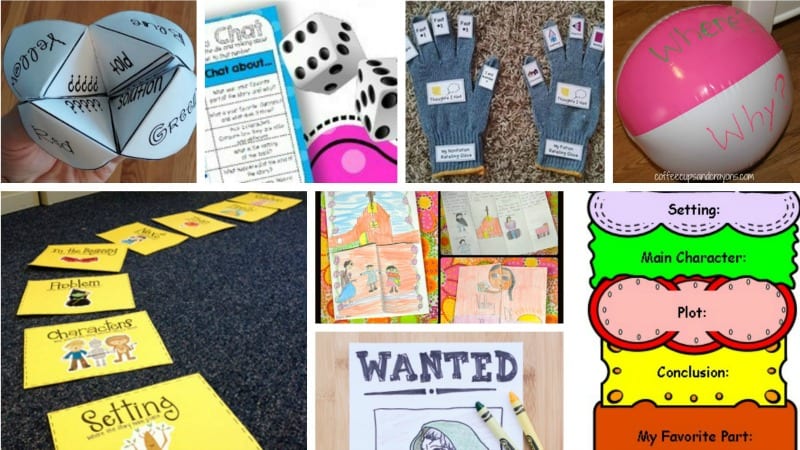- Guided Reading Web Resourcesguided Reading 101 Answers
- Guided Reading Web Resourcesguided Reading 101 Reading
- Guided Reading Web Resourcesguided Reading 101 Questions

Guided Reading Web Resourcesguided Reading 101 Answers

What every teacher should know
Reading Rockets is a national multimedia project that offers a wealth of research-based reading strategies, lessons, and activities designed to help young children learn how to read and read better. Our reading resources assist parents, teachers, and other educators in helping struggling readers build fluency, vocabulary, and comprehension skills. Expert advice on children's books & reading, arts & crafts, activities & school achievement. View the parent's newsletter, articles, & weekly picks for Preschool, Grade School, & Middle School.
Reading 101: A Guide to Teaching Reading and Writing
Reading 101 is a collaboration with the Center for Effective Reading Instruction and The International Dyslexia Association.
Learn the definitions of phonological awareness and phonemic awareness — and how these pre-reading listening skills relate to phonics.
Phonological awareness and phonemic awareness: what's the difference?
Phonological awareness refers to a global awareness of the sound structures of speech and the ability to manipulate those structures. Phonological awareness is an umbrella term that encompasses both basic levels of awareness of speech sounds, such as rhyming, alliteration, the number of words in a sentence, and the syllables within words, as well as more advanced levels of awareness such as onset-rime awareness and full phonemic awareness.
Phonemic awareness is the most advanced level of phonological awareness. It refers to a child’s awareness of the individual phonemes — the smallest units of sound — in spoken words, and the ability to manipulate those sounds.
Phonological awareness (PA) involves a continuum of skills that develop over time and that are crucial for reading and spelling success, because they are central to learning to decode and spell printed words. Phonological awareness is especially important at the earliest stages of reading development — in pre-school, kindergarten, and first grade for typical readers.
Explicit teaching of phonological awareness in these early years can eliminate future reading problems for many students. However, struggling decoders of any age can work on phonological awareness, especially if they evidence problems in blending or segmenting phonemes.
How about phonological awareness and phonics?
Phonological awareness refers to a global awareness of sounds in spoken words, as well as the ability to manipulate those sounds.
Phonics refers to knowledge of letter sounds and the ability to apply that knowledge in decoding unfamiliar printed words.
So, phonological awareness refers to oral language and phonics refers to print. Both of these skills are very important and tend to interact in reading development, but they are distinct skills; children can have weaknesses in one of them but not the other.
For example, a child who knows letter sounds but cannot blend the sounds to form the whole word has a phonological awareness (specifically, a phonemic awareness) problem. Conversely, a child who can orally blend sounds with ease but mixes up vowel letter sounds, reading pit for pet and set for sit, has a phonics problem.
Guided Reading Web Resourcesguided Reading 101 Reading
Dr. Louisa Moats explains to a kindergarten teacher why it is critical to differentiate between the letters and sounds within a word when teaching children to read and write.
Guided Reading Web Resourcesguided Reading 101 Questions
Reading 101 is a collaboration with the Center for Effective Reading Instruction and The International Dyslexia Association.